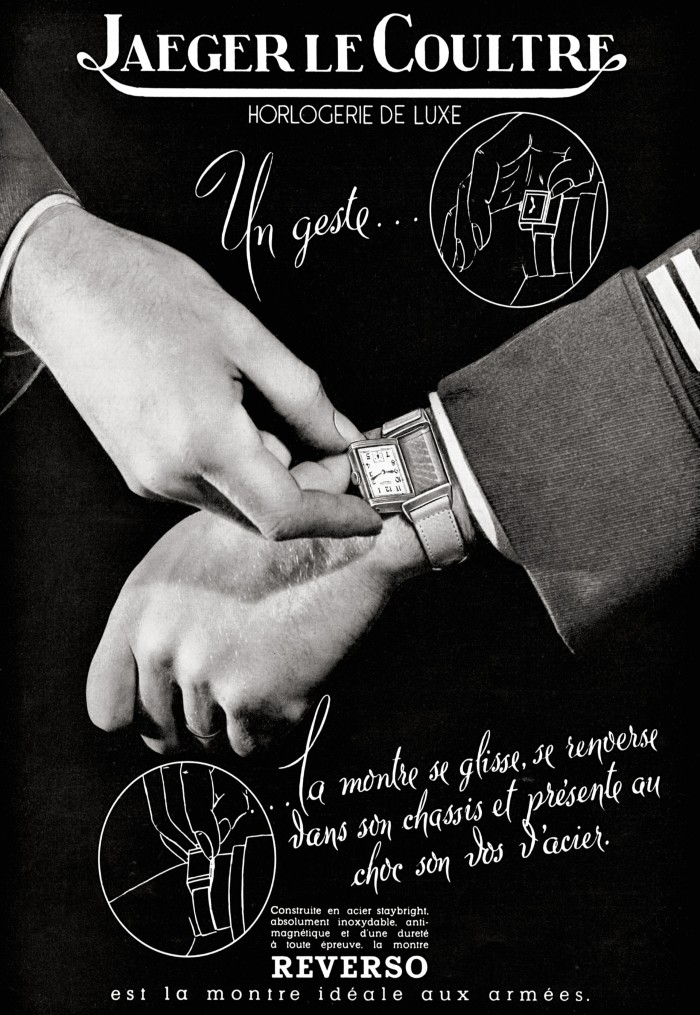Reverso – an icon at 90

Roula Khalaf, Editor of the FT, selects her favourite stories in this weekly newsletter.
On 4 March this year, I will be celebrating two birthdays. First is that of my wife. Second is the birthday of a seemingly ageless 90-year-old, the Jaeger-LeCoultre Reverso: a watch so elegant that it belies its roots as – arguably – the first sports watch.
On 4 March 1931, at 1.15pm, a patent application was made in Paris for “a watch capable of sliding in its support and being completely turned over”.
Reverso by name and reversible by design, the new watch would prove to be revolutionary by nature. Slick and straight-sided, it chimed perfectly with the art deco aesthetic and the new energetic lifestyle proselytised by such innovations as René Lacoste’s eponymous sports shirt.


In 1895, Oscar Wilde confidently averred that no gentleman ever takes exercise. But three-and-a-half decades later, attitudes to physical fitness had changed. Exercise was not only acceptable, it was fashionable. “Sports clothes have been developed to such an extent that they may go to lunch at the fashionable restaurants; as a matter of fact they are often worn until the hour of cocktail,” observed Tatler magazine in 1928. At the same time, the trend-setting Prince of Wales, later Duke of Windsor, established a craze for golfing clothes, including knickerbockers and Argyll knitwear. Meanwhile, the respected horological names of Jaeger and LeCoultre had come together to create a watch capable of withstanding the rigours of this vigorous new lifestyle.


Inspired by the game of polo, the watch had been developed so that during play it could be flipped over on the wrist to protect the crystal from damage. In time, watch crystals improved and the immediate need that had brought the Reverso into being passed, but the watch has endured and, in a short history of this famous timepiece published to coincide with its 90th anniversary, I trace its journey from art deco novelty to the much-loved contemporary classic it has become today.

The Reverso has evolved into a thoroughly 21st-century timepiece, inasmuch as what was designed as a shield has become a showcase: the reverse of the watch has been transformed, making the back into a second front. The Duoface model turns into a two time-zone timepiece and, as an early celebration of the anniversary, late December 2020 saw the announcement of a special limited edition of 190 of the snappily named Reverso Tribute Duoface Fagliano (£21,100) in pink gold with a wine-coloured dial.

The hand-cut, hand-stitched two-tone strap is inspired by the canvas-and-leather boots made by Argentine bespoke boot and shoemaker Fagliano for summer polo. Just as the Reverso is the ne plus ultra of elegant sports watches, so Fagliano demonstrates that even in the third decade of the 21st century, sports footwear too can be sophisticated and refined.
Reverso (text by Nicholas Foulkes) is published by Assouline at $195
Comments